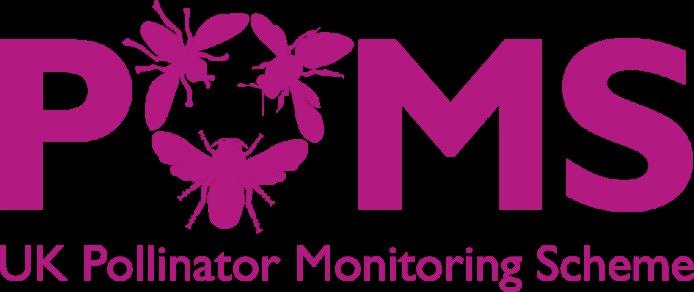
1 minute read
Marine Species
This accessibility and cultural importance has meant they’ve often been at the forefront of the conservation movement and, because they are easy to monitor, they are good indicators of how we are managing some human impacts. Birds will always be important, even central, to conservation efforts because of the strong connection people have with them, but we mustn’t lose sight of the fact that ecosystems are far more than birds.
How has bird conservation evolved/ changed?
Advertisement
Well, one of the biggest changes is who does ornithology (the science) today and the significant shift in gender balance that we’ve benefitted from, but we still have much to do to on make ornithology more inclusive. This shift has also played out in the conservation advisers and practitioners in our seabird team and partner organisations, which is very different from when I started. The other big change is technological advancement, which continues to amaze and provide such valuable information, from in-field recording on devices to tracking individual birds across our oceans to counting seabirds from space using satellite imagery! However, although we’ve seen some excellent bird conservation success stories, like eradication of non-native predators from some seabird islands, there remain significant challenges that have barely changed over the last 25 years or longer, like persecution of birds of prey. We need to do more.

Tell us about a memorable moment in your work life?
I prefer to work away in the background, enabling others and finding solutions to barriers in generating evidence that can genuinely support the development of good conservation policy, but one of my more memorable activities was leading on authorship and presenting a climate change resolution on behalf of the UK Government at the African-Eurasian Waterbird Agreement 3rd Meeting of Parties in 2005. The resolution was adopted and simply summarised as: Parties shall cooperate to determine and monitor the impacts of climate change on migratory waterbirds and their habitats and where appropriate respond to the threats. I hope it’s made a positive difference.
Is it just birds, birds, birds?
No, I’ve always been interested in plants and fungi too, and I’m part of a group that is using DNA sequencing of fungi as a way of improving identification, recording, and contributing to taxonomic understanding. It astounds me that I can now extract and amplify DNA at home and submit sequences to a global database for others to use. Such fun!










